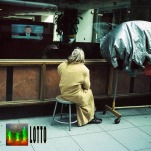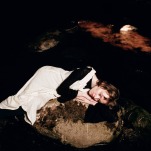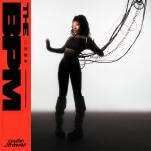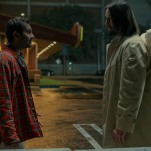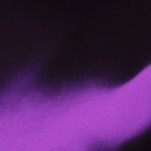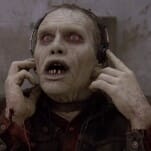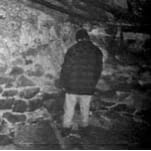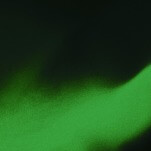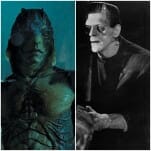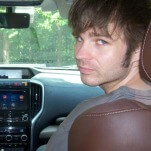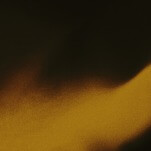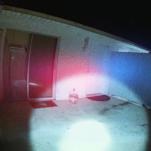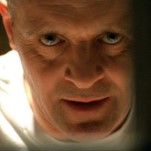Justice: Midnight in Paris
Photo by Paul HeartfieldBefore Sleigh Bells, Parisian electronic duo Justice took distortion and compressed volume to the cracking point on its debut album †, even though the music consisted of film-score string swoops, slap bass and Daft Punk-style vocal filters. And like Sleigh Bells, it was great because of, not despite, its strange relationship with listenability. On top of its sonic innovations/perversions, it yielded an MTV hit, “D.A.N.C.E.,” a children-sung tribute to Michael Jackson that nonetheless sounded more innovative than perverted. But Justice’s new Audio, Video, Disco is the flip: an album of ’70s rock guitar (and the occasional “flute” solo) produced as cleanly as techno.
“For us, the first record was a disco record and a lot of people mistook it for a heavy-metal record,” Gaspard Augé says, “but there’s nothing heavy-metal about the first record. The new record is more laidback and faster, and maybe more rock. Just because the music is maybe more emotional so we didn’t have to use too many production tricks.”
“We made this record with the same intentions and obsessions as the first, so the backbone is similar,” adds Xavier de Rosnay. “The main difference is that the new album is drier. Part of the production is very dry, even rougher. We made this record with almost no effect, no reverb, nothing. Just created a sort of closeness; it sounds almost like a rehearsal. You can almost feel the room we recorded it in, even though there was no room.”
Justice’s sound doesn’t build up and crescendo the way most dance music does; it zooms in and cuts away and teleports from place to place, sounds disappearing and reappearing in a manner that would seem almost cut-and-paste if there wasn’t such songful ingenuity to it.
“It is important to us that you can feel a bit of spontaneity in something that is not spontaneous at all because it takes more than one year to make a record,” explains de Rosnay. “The big part of the production work is to get the feeling that things are moving a bit. Unstable but tight at the same time.”
-

-

-

-

-

-

-

-

-

-

-

-

-

-

-

-

-

-

-

-

-

-

-

-

-

-

-

-

-

-

-

-

-

-

-

-

-

-

-

-




